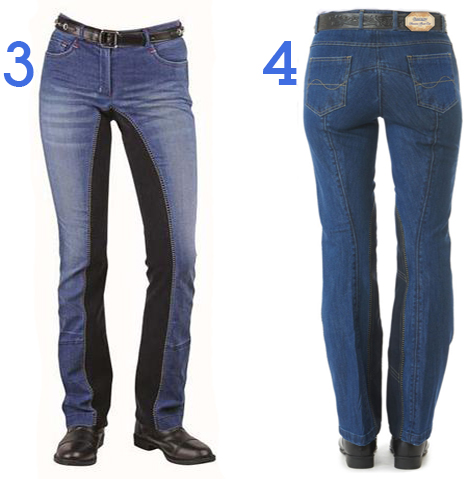ESSENTIAL GEAR FOR THE NEW RIDER
Helmets
Helmets should be fitted to your own unique head. First time buyers should go to their local tack store (scroll down) to be properly fitted for an ASTM/SEI certified hemet. Do not wear a bike helmet to ride a horse. Riding helmets are designed for riding a horse and bike helmets are designed for riding a bike.
Safety Vests
Safety vests help to protect your torso if you fall and may reduce injury to your internal organs, spine and ribs. There are two types of vests:
Padded Vests have lightweight, high density foam padding that can help with impact reduction & shock absorption.
Inflatable Vests feature an air canister that latches to a saddle and in the event of a fall, the canister engages and inflates the vest before you hit the ground. The air canister will need to be replaced every time it’s discharged (which can add up, especially if you forget to disconnect the lanyard when you dismount).
Riding Boots
Riding boots have a small heel to help prevent your foot slipping through the stirrup and may provide some protection if your toes get trampled. Tall boots also protect your leg from rubbing on the stirrup leathers. Typically, young children will wear paddock (short) boots with jodhpurs while others will wear tall boots with breeches. A tall boot alternative is to wear paddock boots with half chaps, giving you a similar look and protection.
Paddock boots (lace up)
Paddock boots (zip up)
Dress boots are plain without any laces & are worn for dressage
Field boots have laces at the front of the ankle & are worn for hunters/jumpers
Half chaps (to be worn with paddock boots)
Western style paddock boots typically have a fringe at the toe
Western style tall boots come in many varieties and patterns
Gloves
Gloves protect your hands from blisters while giving you extra strength and grip which may be useful if your horse pulls. They also protect your hands from the sun and keep them warm in colder weather. Gloves come in many different materials such as leather, leather-like, fabric and cotton crochet as well as many styles and patterns.
Riding Pants
Riding pants are tight fitting and made to stretch and move with your legs. They have leather-like patches on the inside of the legs and sometimes a full-seat patch for extra comfort and to make it easier to grip the saddle. The seams are designed to be on the outside of the leg only, to prevent rubs. There are two basic types of pants:
Jodhpurs are full-length & typically have a ‘stirrup’ that goes under the foot to stop them from riding up the leg. They are usually worn with paddock (short) boots.
Breeches tend stop just above the ankle & are tapered at the bottom to get as snug a fit around the calf as possible and reduce bulk under your tall boots.
Western style boot-cut full seat pants have a grippy material on the seat and throughout the inside of the leg for maximum stick in the saddle. They come in many fabric choices.
Western style boot-cut knee patch pants have a grippy material on the inside of the knee to ankle area and. They come in many fabric choices.
Where to buy…
Local
DaMoor’s Tack & Feed (A+!)
Online
Riding Warehouse (free overnight shipping to CA on all orders!)








